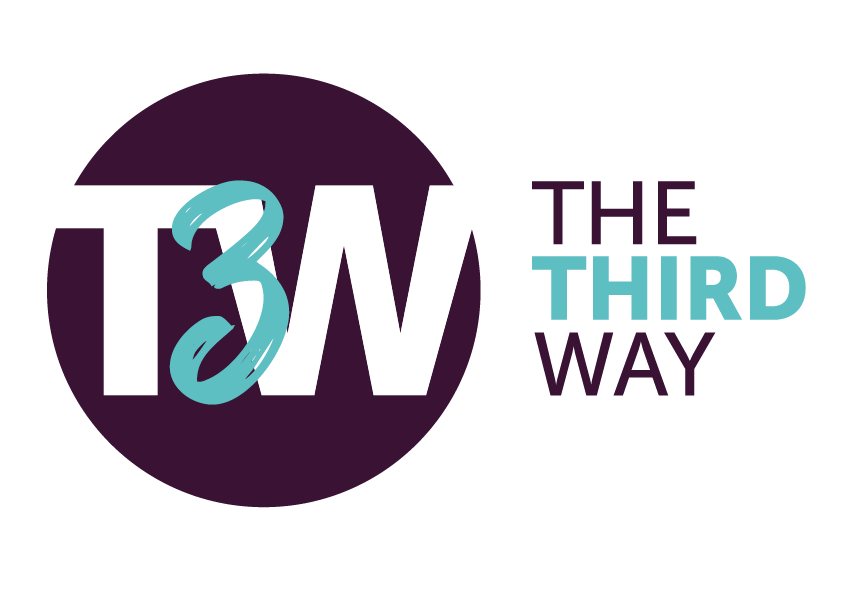What is Stakeholder Analysis?
A stakeholder is any person, group or institution with an interest in the project. A stakeholder may not necessarily be involved/included in the decision making process. Stakeholders should be identified in terms of their roles not individual names. Stakeholder Analysis is the identification of a project’s key stakeholders, an assessment of their interests and the ways in which these interests affect the project and its viability.
A stakeholder need not be directly affected by the project, for example one stakeholder could be a member of staff who will be using a new system that the project will implement, but the students who that member of staff provides a service to could also be stakeholders. Stakeholder analysis results should be recorded carefully – the information can be very sensitive (e.g. a stakeholder may not like to be identified as a blocker). The audience for reporting results of stakeholder analysis must be considered very carefully if it is outside of the project board.
You should use workshops to carry out the information capture and analyses described below.
Why Carry Out a Stakeholder Analysis?
Stakeholder Analysis:
- Draws out the interests of stakeholders in relation to the project’s objectives – stakeholders who will be directly affected by, or who could directly affect, the project are clearly of greater importance than those who are only indirectly affected.
- Identifies actual and potential conflicts of interest – a stakeholder who is vital to your project may have many other priorities and you need to know this so that you can plan how to engage with them.
- Identifies viability other than in pure financial terms (e.g. includes social factors) – for example staff that will be using a new system might be worried about the change.
- helps provide an overall picture.
- Helps identify relationships between different stakeholders – helping to identify possible coalition.
This toolkit presents a number of tools that you can use as part of stakeholder analysis and management. It is intended as a “pick list” – you do not necessarily have to use all of the tools described here. The bare minimum, however, is that you at least set-aside time to identify who your stakeholders are, and how you are going to communicate with them.
Stakeholder analysis is not mandatory for small projects, but it is advised so that you at least consider all those who will be directly affected and think about how the project might be affected by them.
A good tool to use to help you identify all your stakeholders is PESTLE. By considering each of these categories and how they relate to your project, you can then identify stakeholders. For example when thinking about the legal aspect, you may realise a contract for services is needed. This will require input from your legal team, so clearly they are a stakeholder.
Once you have identified your stakeholders, the tables in the next lesson, which is an example of a simple stakeholder analysis, can be used as a template.

Check out the following video on stakeholder analysis.



